E Major Scale For Guitar TAB, Notation & Patterns, Lesson & Information

E Major Scale A Complete Guide
The E major scale is made up of seven notes starting on E (which is known as the keynote). It then follows the major scale formula of whole and half steps. Those notes are: E F# G# A B C# D# As you can see, it has four sharp notes: F#, C#, G# and D#. E Major in the Treble Clef

E major scale guitar AmarGuitar
There is a pattern to a Major scale that makes learning a scale easier. This pattern consists of whole steps and half steps. To move up (or down) a scale, you take either a whole step or half a step. A whole step is 2 notes, and a half step is 1 note. Chords in the E Major Scale
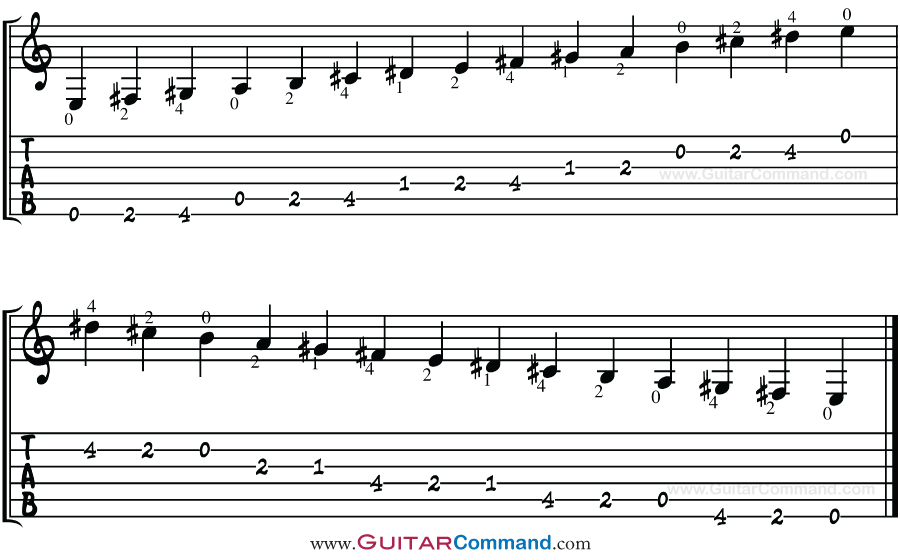
E Major Scale For Guitar TAB, Notation & Patterns, Lesson & Information
E major scale Virtually nobody gets excited about learning piano scales. But as you learn each scale, you start to get a feel for the distinctive sounds and moods of each key. Plus, it's a great way to sharpen your technique. Today, we'll be taking a look at the E major scale. Getting to Know the E Major Scale
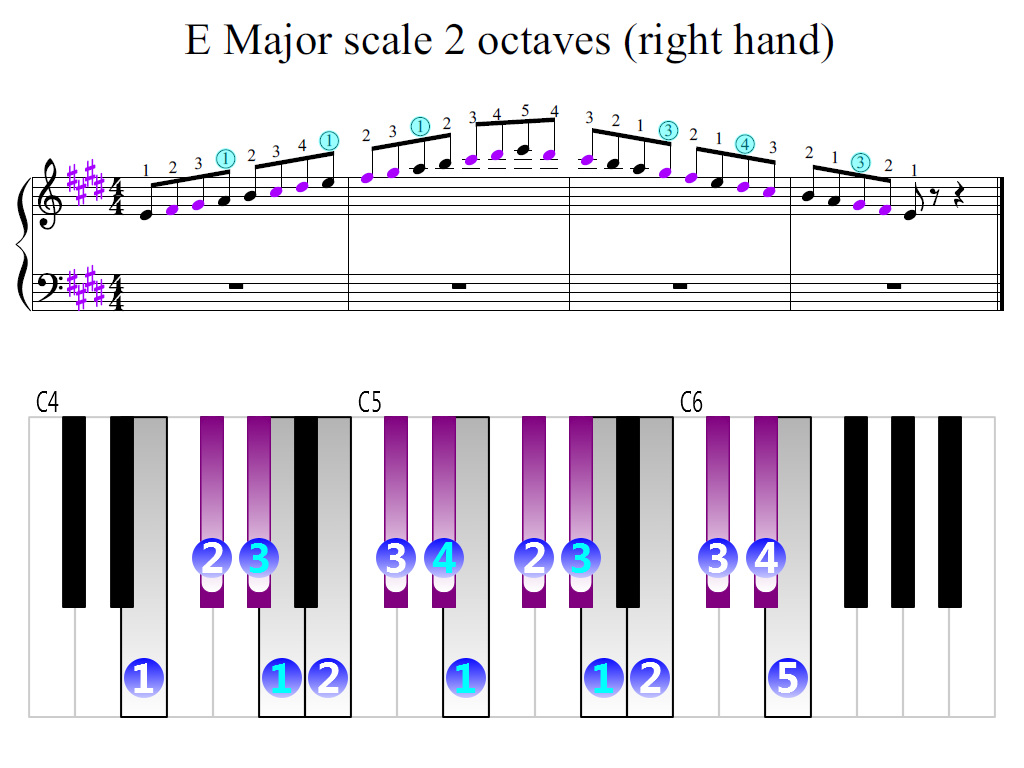
E Major scale 2 octaves (right hand) Piano Fingering Figures
The E major scale contains 4 sharps: F#, G#, C#, and D#. The scale of a piece of music is usually indicated by a key signature, a symbol that flattens or sharpens specific lines or spaces on the staff.

Eb major scale (E flat major) YouTube
E Major Scale In this lesson we will learn how to play the E major scale. We will take a look at the notes of this scale, its intervals, degrees, modes, relative minor, diatonic triads, fingering and more. We will take a look at diagrams of this scale on the piano keyboard, treble and bass clef.

A Major Scale Bass Cleff arabiangallery
The E scale, simply put, is a major scale that both starts and ends on the note "E." It is a scale that is starting to get up there in terms of sharps, since it has 4 sharps and 3 white notes. This doesn't mean you should be scared of it, though! This scale still uses the normal fingerings of the white key majors. What Notes Are In The E Scale?
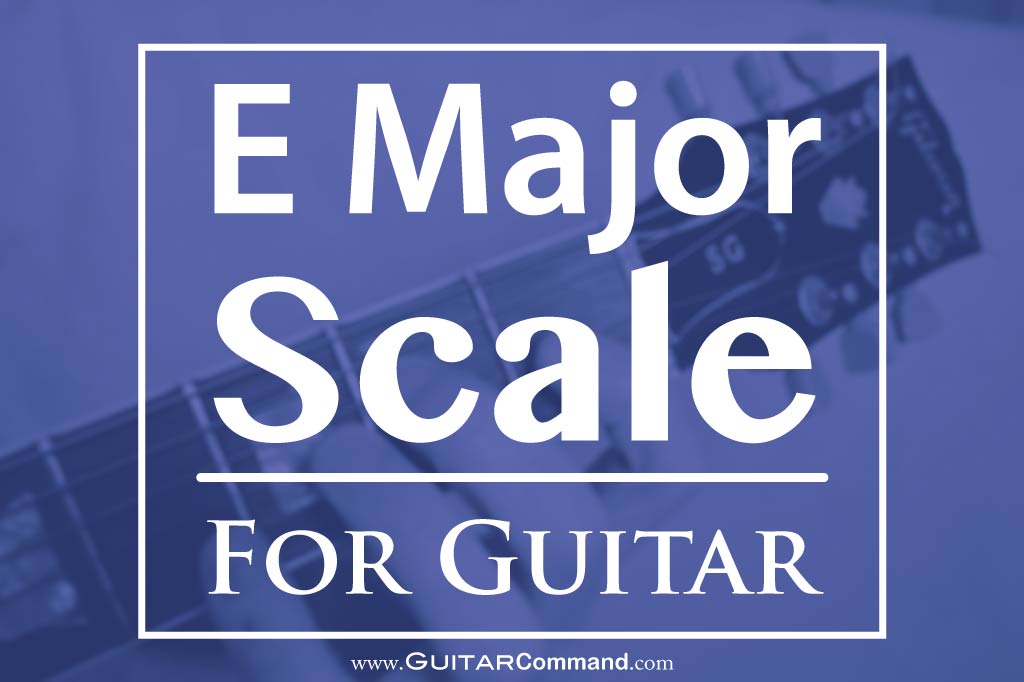
E Major Scale Beginning In Octave 5 Foto Kolekcija
#scales #guitar Sections How To Play E Major Guitar Scale Open Position | Guitar Scales | Fender Play Watch on Lesson: Playing the E Major Scale on Guitar Memorizing scales -- like the E major scale -- and various ways to play them, can help expand your knowledge of music theory.
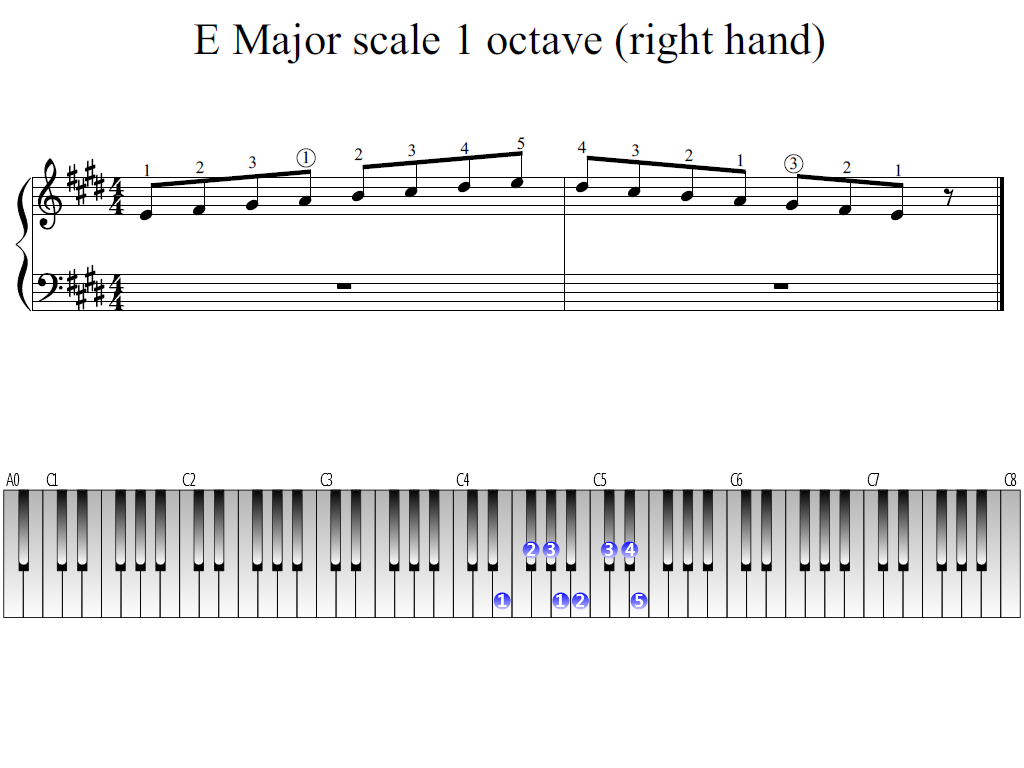
E Major scale 1 octave (right hand) Piano Fingering Figures
The E Major scale is thought to be one of the most magnificent, noble-sounding, and luminous scales in music. Mozart called E Major "particularly exalted" while Beethoven claimed it sounded "celebratory and religious". It is a guitarist's favorite, as two of six guitar strings are naturally tuned to E so Powerchords and Open chords are often in.

E Major Scale and Key Signature The Key of E Major YouTube
The Key Signature of E Major. Now that you know the E major scale on piano, it also means you know the key of E major. This is great! And something you should remember. The key of E has 4 sharps: F#, C#, G#, D#. You have the beginning of the sharps saying which is Father Charles Goes Down.(The full saying is Father Charles Goes Down And Ends Battle - this is the order of the sharps.)
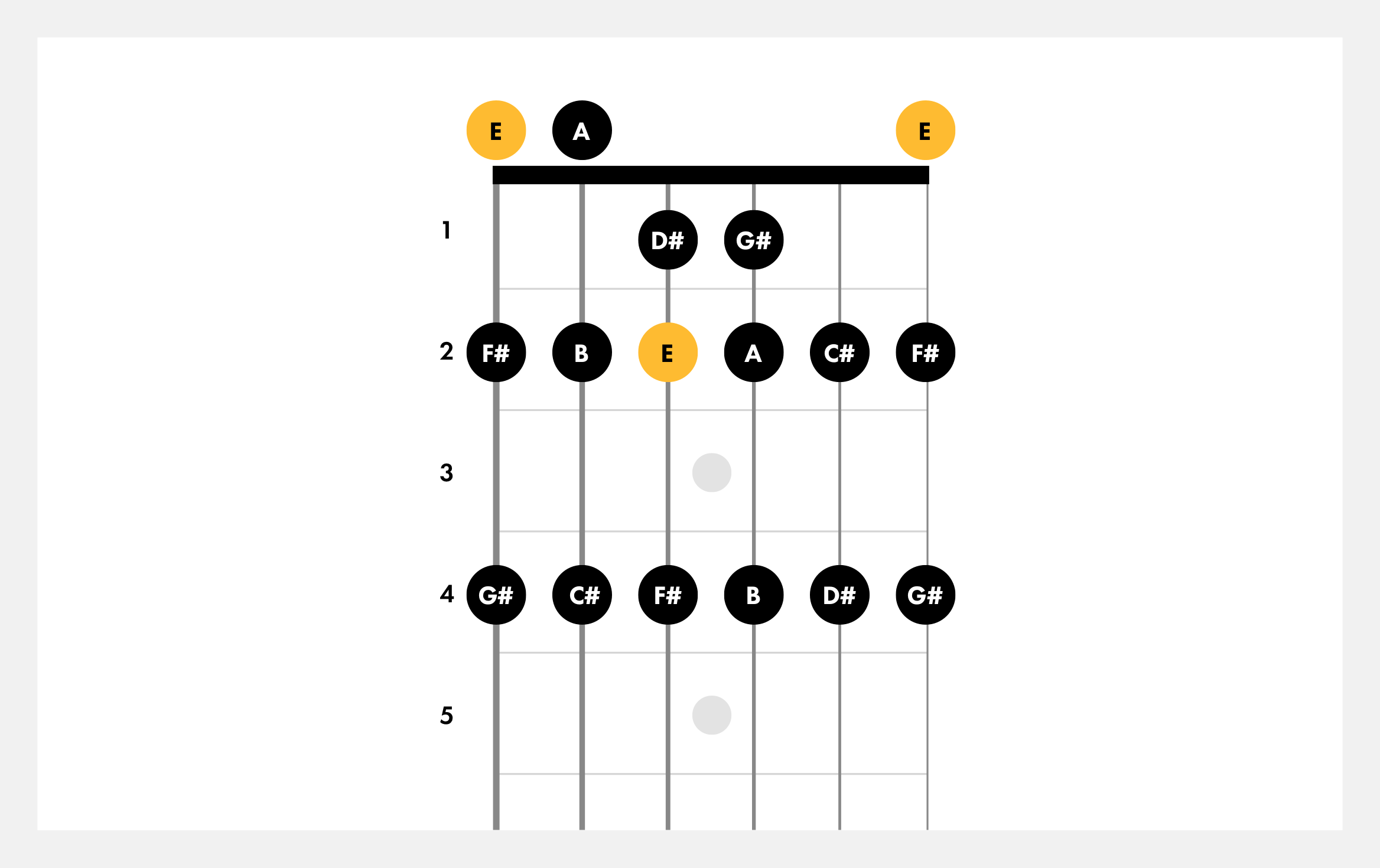
Learn How to Play the E Major Scale on Guitar Fender
The E Major Scale is a fairly common scale you'll see used on a lot of popular songs. It may not be as common as E Minor (G Major), but it's a good scale to learn on guitar. This guide covers open chords, note positions on a fretboard diagram, popular songs in E Major, and everything else you might want to know about the scale.

E Major Scale
The E Major is a seven-note scale. Notes are displayed in the fingerboard diagram with blue color with the root notes indicated by darker color. The root notes are always E tones. In the two-octave pattern, the first root note is on the 6th string, 12th fret. Full fretboard E Major 2 octaves

E Minor Chords How To Play & Build Them Music Maker Gear
The E major scale is a diatonic scale, meaning it consists of seven distinct pitches with a specific pattern of whole and half steps. Notes in the E Major Scale. Here are the notes that make up the E major scale: E (the root note) F# (a whole step from E) G# (a whole step from F#)
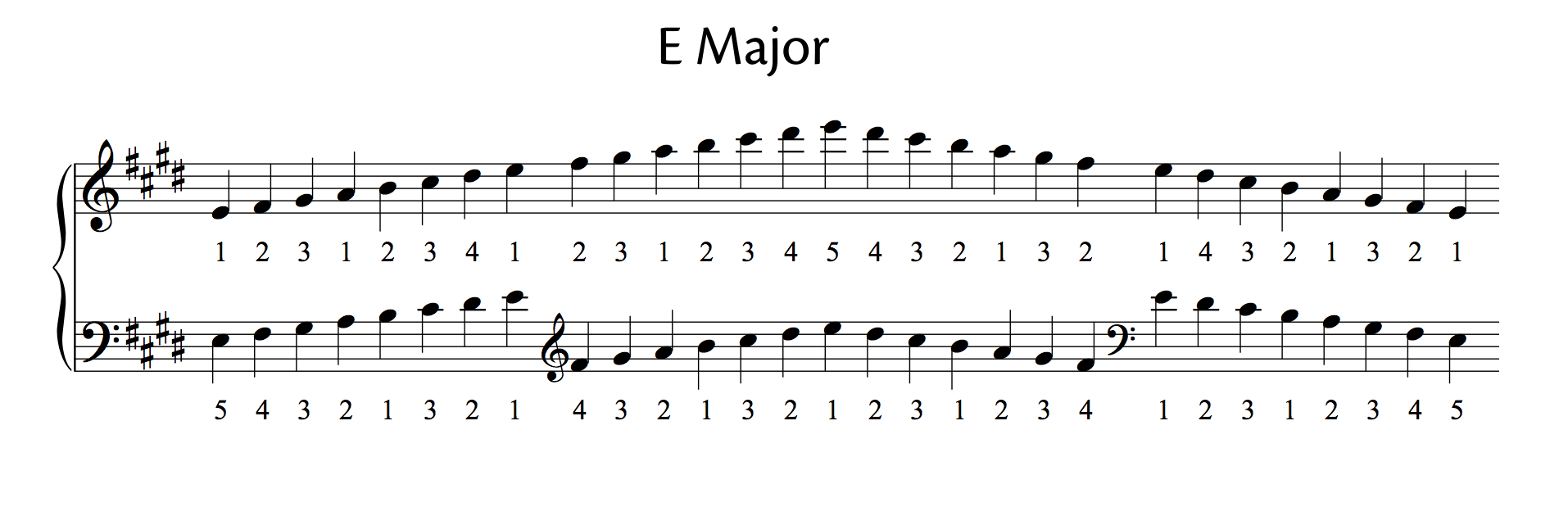
All Major And Minor Scales (including fingering for piano) OKTAV
Chord I, E major consists of the notes, E - G# - B, while E major seventh consists of the notes, E - G# - B - D#. Chord ii, F# minor consists of the notes, F# - A - C#. F# minor seventh consists of the notes, F# - A - C# - E. Chord iii, G# minor contains the notes, G# - B - D#. G# minor seventh contains the notes, G# - B - D# - F#.
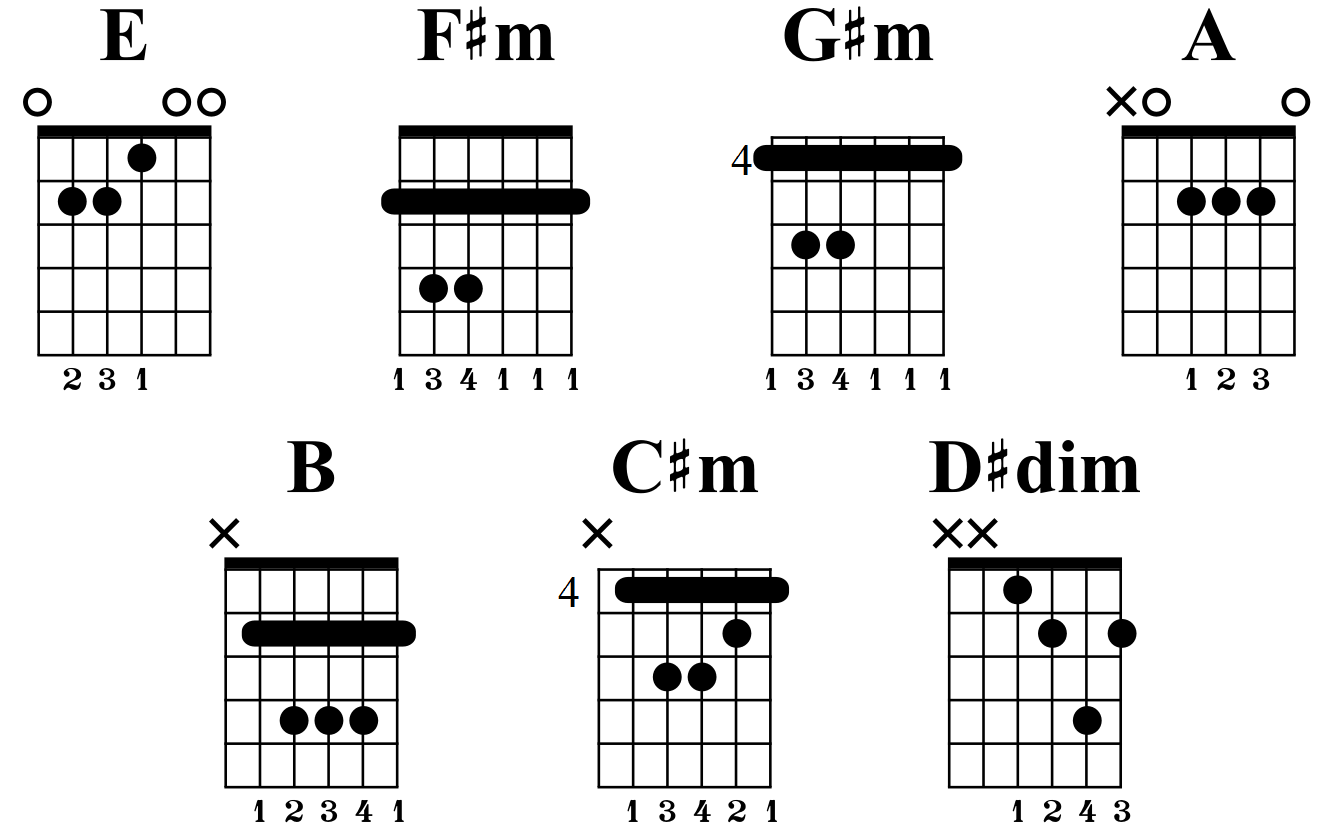
E Major Scale Fretboard Diagrams, Chords, Notes and Charts Guitar
Jade has been helping people learn music theory for more than 10 years from pre school children all the way to degree level studies. The E Major scale has four sharps, F#, C#, G#, D#. It's the four sharp major scale in the circle of fifths and its relative minor is C# Minor.

The Major Scale learn with Serlo!
From the starting note, any major scale is built by going whole step - whole step - half step - whole step - whole step - whole step - half step. For the right hand, place your right hand thumb on E. Next, go up a whole step to F#, a black key, and play with finger 2. Another whole step with 3 takes us to the black key G# (or mi.

Best E Minor Scale Guitar Archives Bradley Fish
E Major Scale The notes of the E Major scale are E F# G# A B C# D#. It's key signature has 4 sharps. Press play to listen to the scale. Click the virtual piano or the notation to hear each note. Click the clef symbol to toggle clefs. E A B E F# G# C# D# Explore more scales Sign up for a Berklee PULSE account!